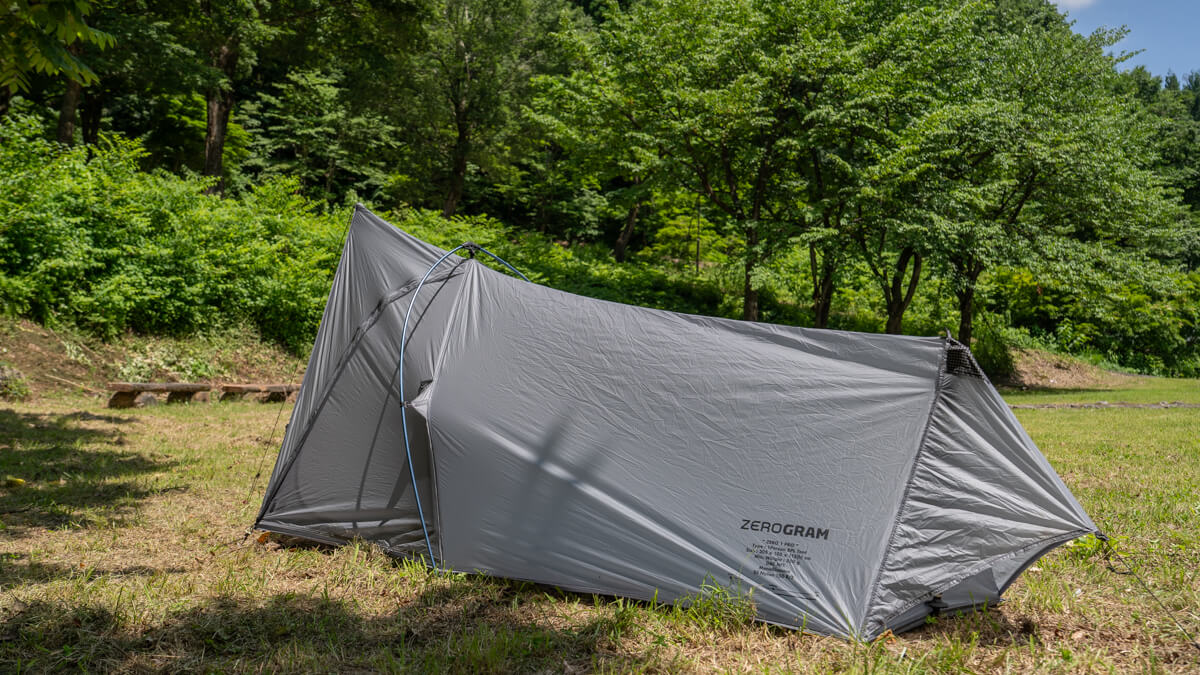
Go beyond the trekking pole shelter. The ZERO1 Pro, which is stronger and more comfortable, is usable more than you imagined! Review of evolution and appeal that we learned from using it in the field
For thru-hikers, who normally spend days walking on hundreds of kilometers of routes, the weight of equipment is a pressing issue. The choice of a tent, one of the heaviest gears, can be said to have a major impact on the comfort and danger of traveling in many ways.
That said, it doesn't mean that the tent is as simple as it is just light.
Of course, a light tent is best, but if you only have to spend a night, you will never be able to neglect various performances other than weight depending on the season and route, such as ease of standing, comfort, and strength against bad weather. Anyone who has actually been there for a long time will understand this.
" ZEROGRAM " is an outdoor brand that began with the concept of "Go Light Get More" that focuses on the value beyond lightness, focusing on the founder's long trail hiking experience.
ZERO1 which embodies this philosophy , is a trekking pole shelter with integrated floor and vestibule that was born in 2015 (released in Japan in 2016) with a basic concept of lightness and simplicity, and is a trekking pole shelter with integrated floor and vestibule that was born in 2015 (in Japan in 2016). Its unique, cool form, and minimalist, smart functionality, can't help but use it from the previous model.
This season has been updated as ZERO1 Pro I was able to try this shelter, which is tent-like livability and stability, but weighs the lightest class, and I would like to review it as I was able to try it out on this spring and summer trail.
table of contents
- Main features of ZEROGRAM "ZERO1 Pro"
- Detailed review
- Weight and compact: Lightweight and compact enough to accommodate a tent stay in an ultra-light style
- Setup: It was a bit of a habit when I first set up, but once I set it up, it's easy to set up even if I've just one person.
- Comfort and weather resistance: Comfort that doesn't feel cramped despite limited space, consideration for stacked ventilation, and high wind resistance
- Summary: The best solution for 2025 for hikers who want to spend a comfortable and secure night while retaining the strength of lightness
Main features of ZEROGRAM "ZERO1 Pro"
ZEROGRAM "ZERO1 Pro" is a single-wall trekking pole shelter for solo hikers with the lightest weight and high residential comfort and weather resistance.
It can be set up by peg-downing trekking poles with different lengths, both front and back, as support poles, so the weight is about 550g, and the weight is light and highly storage possible. This work adds a special outer frame to make the interior space even wider and wind resistance more. The entrances are located on the front (short side) and the side (long side). The door is equipped with a highly water-repellent monofilament mesh and allows for smooth entry and exit, while the wide front door provides a sense of freedom in the living space and good ventilation. Furthermore, the three ventilation holes, including the feet, create a smooth air flow and improve its strength against condensation. Perfect for people who want to ensure the comfortable living space possible, including lightweight through hiking.
Favorite points
- It is extremely lightweight, weighing just over 550g (even with a special pole), but is comfortable to live in, including overhead.
- Compact storage capacity
- High ventilation thanks to the front and sides, feet and abundant ventilation holes
- Highly livable and windproof due to outer frame and Guy Line Point
- Front room that protects your luggage from the rain
Points that interest me
- The foot space is low, so it's not as large as possible to move indoors.
- The trekking poles interfere with the entrance at the front entrance, making it difficult to use as an entrance.
- It is desirable to use a footprint together
- (Although it has been improved compared to the previous model) Even so, condensation on the inner wall is inevitable.
Main Specifications and ratings
| item | Specifications and ratings |
|---|---|
| Number of people to sleep | 1 person |
| Minimum weight | 550g (main unit only) |
| gross weight | 763g (pole: 105g) |
| Main body and floor material | 15D N/R Silicone PU Coated |
| Mesh Door Material | 20D N/R Monofila |
| Pole material | DAC Featherlite NFL |
| Indoor size | 205 x 100 (foot 55) x 110 cm |
| Number of entrances and exits | 1 on the front, 1 on the side |
| Storage size | 11 x 25 cm |
| Floor area | Approximately 1.6 m2 (205 cm long x 100 cm wide x 55 cm wide) |
| Front room area | Approx. 0.4㎡ (75cm depth) |
| accessories |
|
| Living comfort | ★★★☆☆ |
| Ease of setup and removal | ★★★★☆ |
| Weather Resistant | ★★★★☆ |
| Durability | ★★★☆☆ |
| weight | ★★★★★ |
| Portability | ★★★★★ |
| Versatility | ★★★☆☆ |
Detailed review
Weight and compact: Lightweight and compact enough to accommodate a tent stay in an ultra-light style
The ZERO1 Pro is standard with a "main unit," "outer frame," and "peg and guyline" each with a stuff sack (footprint sold separately). First of all, I measured the weight of only the main body and stuff sack as a realistic minimum weight, and it was about 611 grams. If you add an outer frame (approximately 105 grams) to this, the realistic minimum weight will be just over 700 grams (photo below *The measurements have been taken after several uses, so the actual measured values are likely to vary slightly).
If we also use accessories for the pegs and guy lines, and also add a footprint, we will add approximately 54 grams and approximately 115 grams of actual measured values (photo below).
the previous work, " ZERO1 MF (minimum: 490g) ,", it is certain that the weight has been slightly heavier due to changes in the poles and fabric, but (take the benefits of being heavier) it is not an increase that is particularly noticeable.
The overall weight itself is not by any means the lightest, but it is well within the acceptable range for a so-called UL style shelter. This may lead to more complaints if you want to "hold the comfort of your living" level, but the results are fully satisfied after pursuing the optimal solution to the balance between lightness, comfort and robustness of this shelter.
In any case, this lightness was naturally possible due to the accumulation of many small factors. First of all, of course, the structure allows you to use a trekking pole as a substitute. It also uses 15D Silicone PU coated ripstop nylon, a thin, lightweight fabric that maintains the strength to the very least possible to withstand the mountain environment of Japan. The pole is also the lightest class, the "DAC Featherlite NFL." Furthermore, the amount of fabric is reduced to the maximum possible size without compromising the livability, and the structure is made to eliminate waste, such as by eliminating the amount of fabric as much as possible. The fine adjustments in detail give you a sense of exquisiteness that must have been achieved after trial and error.
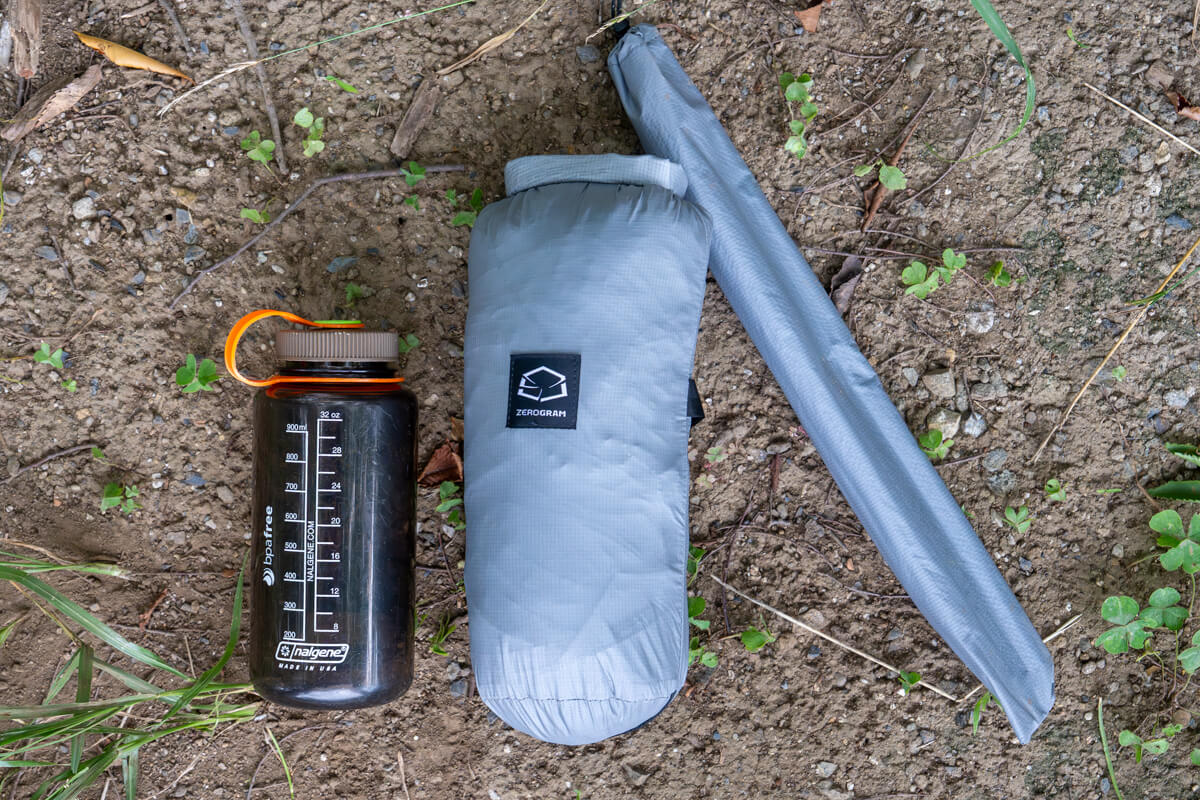
This is the amount of stuffing the footprint, guy lines, pegs, and stuff sacks. It's so compact that it's extremely appreciated when you consider its comfort.
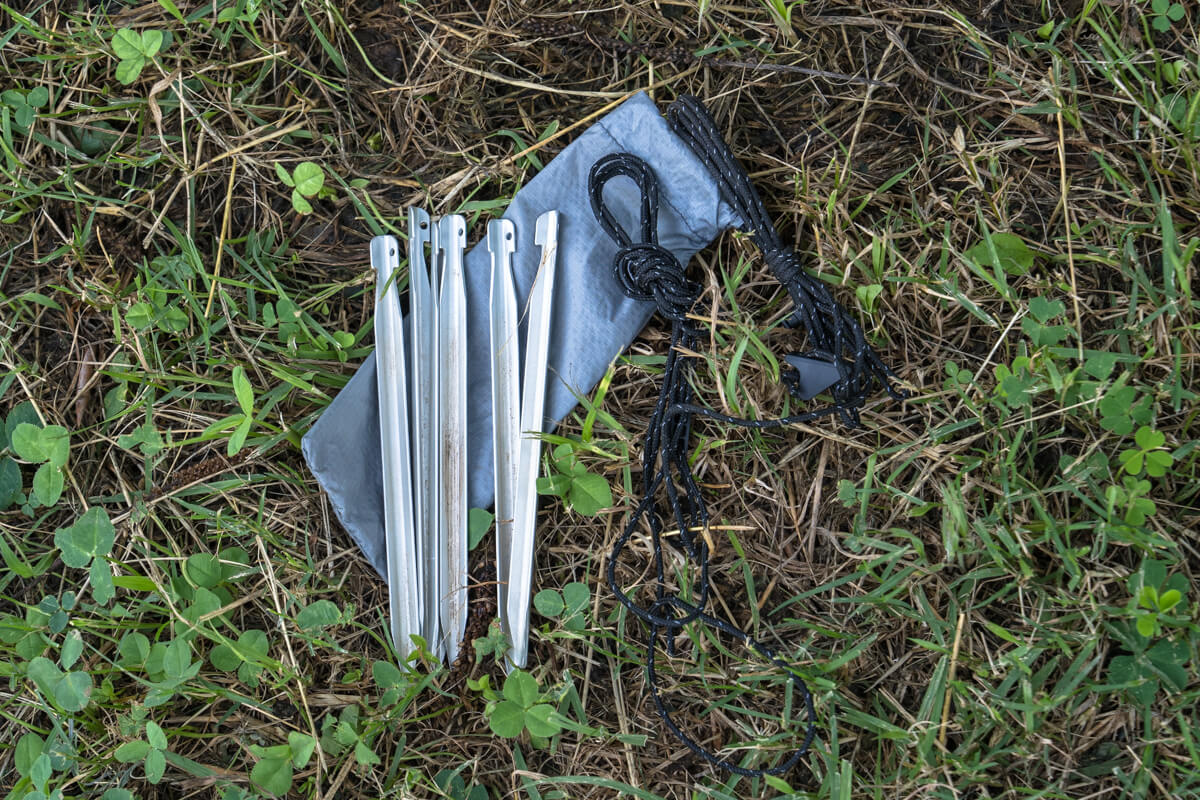
The standard Guyline comes with two guitar lines and six aluminum pegs, but for more sturdy and comfortable, it's better to have three more Guyline and the side vestibule.
When I actually packed it, I realized how light and compact it was. The stuff sack is rectangular, making it easy to pack, and it fits very compactly in terms of size and all accessories included.
Setup: It was a bit of a habit when I first set up, but once I set it up, it's easy to set up even if I've just one person.
the ZERO1 Pro , you will need two adjustable length trekking poles and at least six pegs (standard included). Since the structure is not particularly complicated, anyone who has set up a non-independent tent or shelter will never get lost.
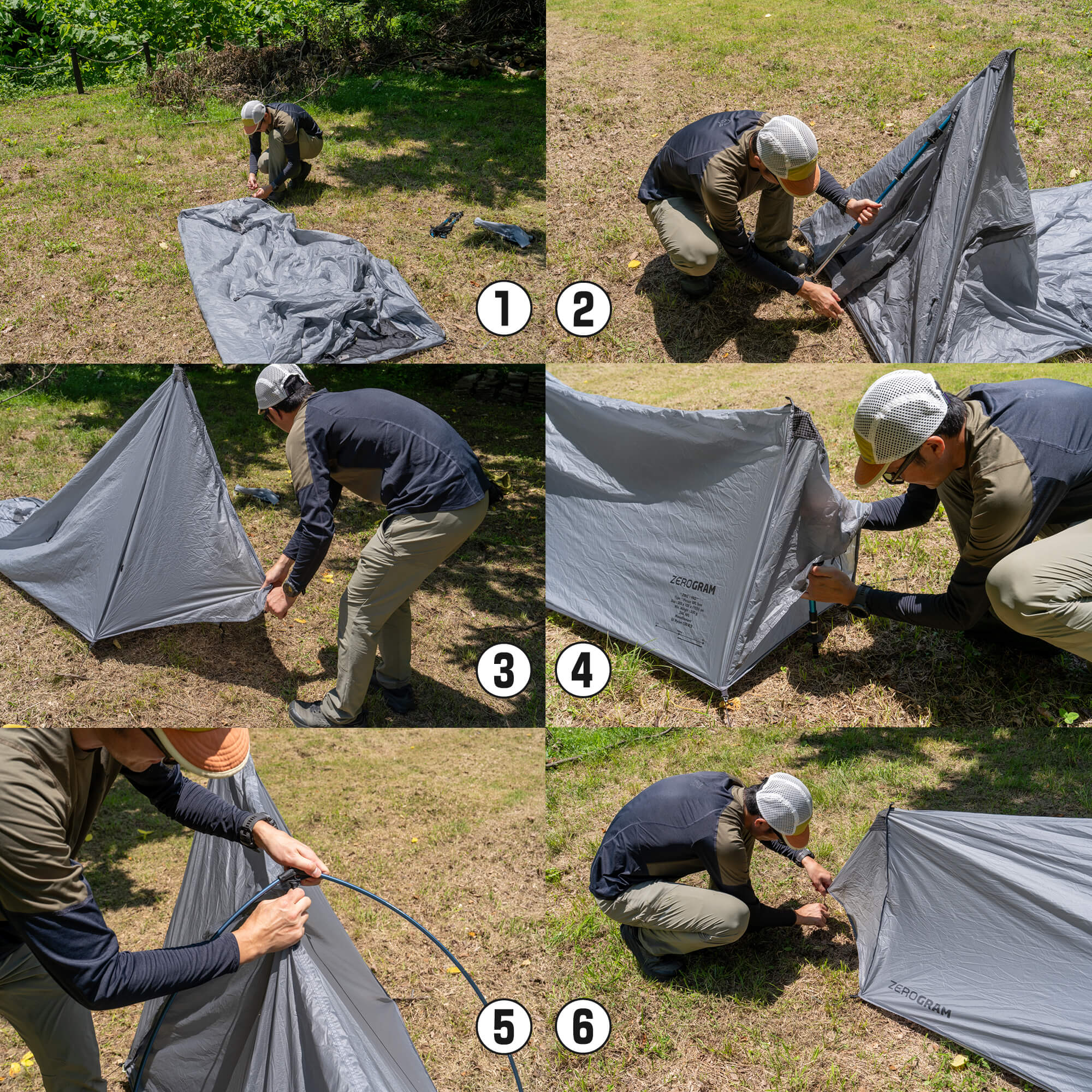
To set up, 1) temporarily fasten the four corners with pegs, 2) set the front poles, 3) secure them with pegs down, 4) set the poles under your feet, 5) set the outer frame, and 6) finally adjust the tension of each peg again.
When setting up, first lightly secure the four corners. The shelter's floor fabric is made of 15D ripstop nylon, so it would not be a problem on soft ground, but if it is stretched in a mountainous environment, personally I would be more comfortable with the footprint sold separately.
The four corners of the main unit have rings for connecting the separate footprints, so if you store the main unit and the footprints in advance, there is no need to relay them every time you set them up, which is rather convenient (photo below).
Once the four corners are peg down, set them from the front poles. Simply stretch the pole about 115cm, insert it into the ceiling with reinforced patches, and insert the pole's stone protrusion into the floor cord at the bottom of the shelter, which was newly built from this work. In the previous game, I was initially confused about how to set the pole angle, but with this, even if it's your first time, you can set it up with confidence.
Once you have raised the pole, peg down the tip of the front door.
Next, set the short pole behind the pole in the same way. The official commentary states that the length of the short pole at this time was around "around 63cm", and since I didn't have a zero gram pole, I tried it with a pole from another manufacturer that would be close to the size, but when I first set it up, I didn't know if it was erected well, so I had a bit of trouble. This is just my personal feeling, but when it was set up for the first time, the floor would float if it was longer than 63cm, and when it was shorter, it felt like the tension would be somewhat weaker with short poles.
However, after trying it out several times, what I can say is, "In reality, there was no need to worry about the subtle differences." Even if it is high or low, it will not significantly affect the livability (though it may be a concern if you want to keep it neat and sturdy and neat). It turns out that the folding pole is about two sets long and then the tension will be adjusted and then it will work out roughly. If you think about it that way, there's no problem if it doesn't fit perfectly from the beginning, so don't worry about it and just set it up and proceed to the next step.
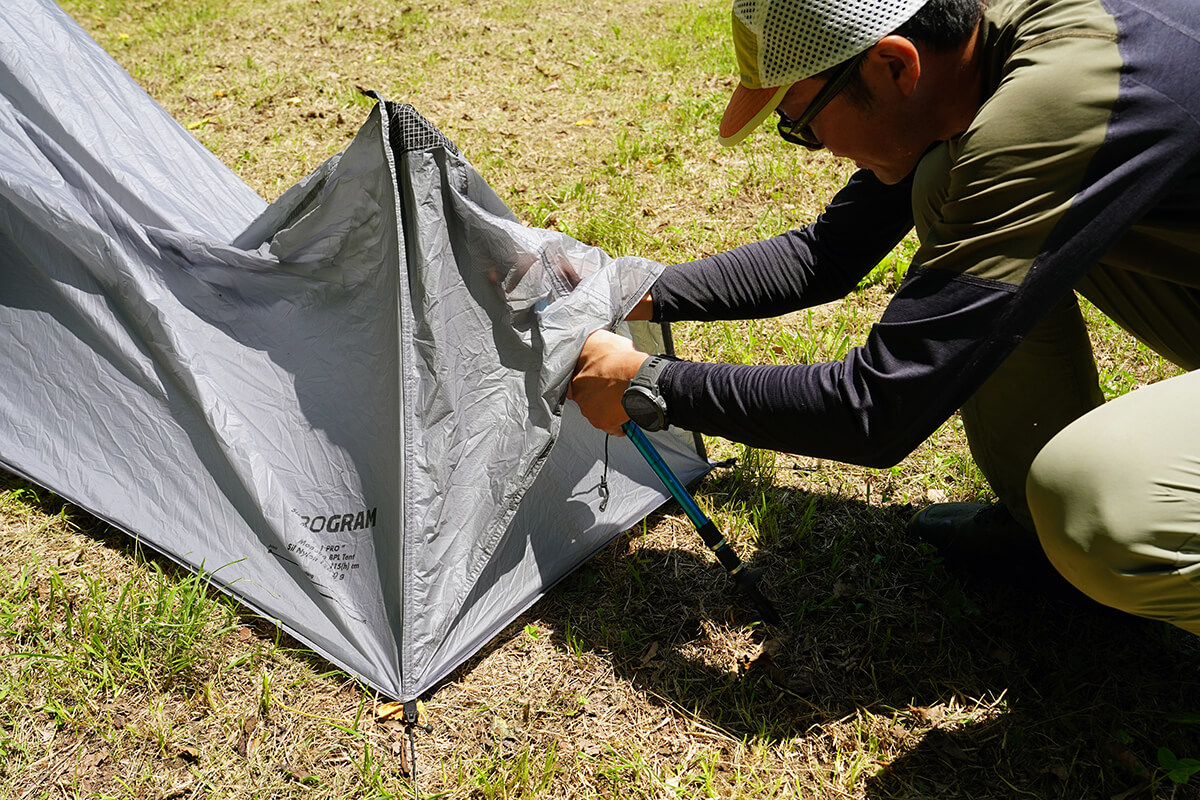
A set of short trekking poles in the rear. At first I was struggling to adjust the right length, but in reality, as long as it wasn't too long, it was fine as long as it was tight.
Once the poles are set up, the next step is to install the outer frame, which is the highlight of this time, but I was able to set it up in no time without any hesitation, simply fixing the tip and hooking the hub in the center.
Once the setup is complete, we will re-examine the shelter's peg points and adjust the tension. In this work, each point's pe group has a length-adjustable cord lock, making this tension adjustment extremely smooth (photo below). I'd appreciate any minor updates here.
If you want to improve stability even more firmly or open the front door to the best ventilation, you can peg down by placing two additional guy lines at the front and rear pole positions (photo below). In that case, the Guy Line is included as standard, but you will need to prepare the pegs yourself.
Comfort and weather resistance: Comfort that doesn't feel cramped despite limited space, consideration for stacked ventilation, and high wind resistance
It is a guarantee that so-called trekking pole shelters like the ZERO1 Pro the ZERO1 Pro has a unique design that will overcome these disadvantages (without compromising the advantage of being light).
One of the ideas is the living space near the door. The ZERO1 Pro has a structure inside the tent where the ceiling lowers from the entrance to the feet, so the living space where you can move freely is not by any means easy-to-use. On the other hand, the floor near the entrance is relatively wide at 100cm, and the pole is also high at just over 110cm, and the vestibule is almost the same as an inner space, so it doesn't feel as opposed to as much pressure as you might expect, and it is a comfortable space for a solo stay. Another great advantage is that there are large doors on the sides that allow air and light to be intaken.
The front vestibule space can be simply used as a backpack or shoe storage space, but it could also be used as a cooking space when rain and wind were bothering you. The pole stands in the middle (I wonder if this is something I can do about it), but it's not particularly spacious, but it's plenty of space for doing something on my own.
The large doors located on the side (photo below) are not only open on nice days or leave them as mesh doors to let in light and give you a sense of freedom, but they also have extremely high ventilation, making them extremely ventilated. It's easy to enter and exit.
Of course, the headspace is spacious and doesn't get too tight.
The door zipper with a rain flap that prevents rain from entering the shelter also comes with a mesh net and toggle to keep the door open (photo below). The zipper pull is a luminous part, making it easy to see even in the dark.
And the new central outer frame added to this new model further improves the comfort of living. Previous models only had Guy Line Points, so the sidewalls were inevitably sagging and the interior space was narrowed. This pole keeps the sidewalls constantly tense and makes them even more comfortable than ever.
When comparing the size and tension inside the tent with the previous model, it is clear at a glance how the room expands (photo below).
The slackness of the sidewalls may be a little narrow in mild weather, but the inner walls that have been slacked by condensation in the middle of the night are clearly uncomfortable, and this can make the wet walls touch your body or sleeping bag when they are stagnant in bad weather, making the discomfort and risk even more unbelievable.
Furthermore, the pole has also strengthened the shelter's own robustness (it has been able to withstand more than 30m in wind resistance tests in the lab). When I actually tried setting it up in a rather strong wind, I got the impression that it was very stable against strong winds, not only reinforced by poles, but also the structure in which the side walls and floors are integrated, which make it difficult for the tent to rise up by strong winds from below, and the low ceiling makes it easy to distract from the wind, which gave me the impression that it was very stable against strong winds.
The pole itself can be attached and detached if necessary (= it can be set up without the pole). Once I knew that just 100 grams would make it so comfortable and safe, it has become such an essential part that I personally can't use without it anymore.
Improved breathability and ventilation
the ZERO 1 pro is the improvements in ventilation performance (difficult to condense), which is a common weakness of single-wall shelters. I checked it here and found that there was certainly some ingenuity and consideration.
First of all, the entrance, which is likely to be in the tent for the longest time, is where the wind naturally passes through the front and side doors, so as long as you are open, there will hardly be any heat buildup.
On the other hand, even when the door is closed, even when it's raining or when you go to bed, the relatively large monofilament mesh windows (covered to prevent rain from getting in) are placed at your feet, ensuring air passages from three surfaces, along with the front and sides, making it a step further than a typical trekking pole shelter (photo below).
By the way, with the previous model, when the door was closed, the sides became completely walled, resulting in reduced ventilation, but with the new model, a guy line was placed at the bottom of the long side door (photo below). This allows for space between the mesh door and the fly, and air entering and leaving from underneath will further enhance ventilation.
Monofilament mesh, which is also well-known in other Zerogram tents, is its advantage in its high water repellency compared to regular meshes. Even if condensation occurs, it is unlikely to cause water droplets to stick, and this is another attractive feature that other manufacturers have no choice as a countermeasure against condensation.
I actually spent several nights and, of course, there is still no way there is a tent that does not condense, and it depends on the environment, so although there is no condensation at all, I certainly felt the effect.
In terms of degree, in the orthodox, airtight shelter, including the previous model, "I can't complain if the walls are soaked due to condensation," but in this model, even if condensation occurs, it doesn't seem to drip down, but it seems that water droplets adhere to the surface of the wall, and when I rubbed it and collected it, it becomes so polka dots. Of course, this wasn't something I did every time, but this was the only time I had the most condensation I had ever slept on several tests, and of course there were nights when there was no condensation. I think the degree of this situation varies depending on weather conditions, etc.
Summary: The best solution for 2025 for hikers who want to spend a comfortable and secure night while retaining the strength of lightness
The Zerogram ZERO1 Pro has been carefully crafted with many carefully crafted updates, and although the "lightness" has been adjusted slightly from the previous model, it has achieved a significant improvement in "comfort and robustness." It could be said to be the next generation ultra-lightweight trekking pole shelter, which is both lighter and more livable than the previous model. No, this may be breaking out a unique ground that is not a tent or shelter, or a new genre of viviesacks, which are so to speak, which are super comfortable.
From low mountain hiking to high mountain traverses where you stay in tents that are not easily affected by the wind, this tent is very attractive for light-height hikers and mountain climbers who want to combine lightness and security, such as tarps and zerts being a little uneasy, but mountain tents and large shelters being a little heavy.
As an aside, in this test, only the usual mountain climbing and hiking were available, but personally I feel that it's not bad for overnight mountain stream fishing (sea climbing). This is because this shelter has a beautiful set of elements necessary for Sawadani, such as lightweight, comfortable, weather-resistant, and insect-resistant Moreover, in a stream (forest), you can use a standing tree instead of taking a trekking pole, and you can also set up this tent from the tree and the rope you handed over it. I'm sure I'll try out Sawa-night stays with Tarp + ZERO1 Pro
Have a wonderful mountain trip with the ZERO1 Pro , a trekking pole shelter that is highly balanced and doesn't just mean it's light


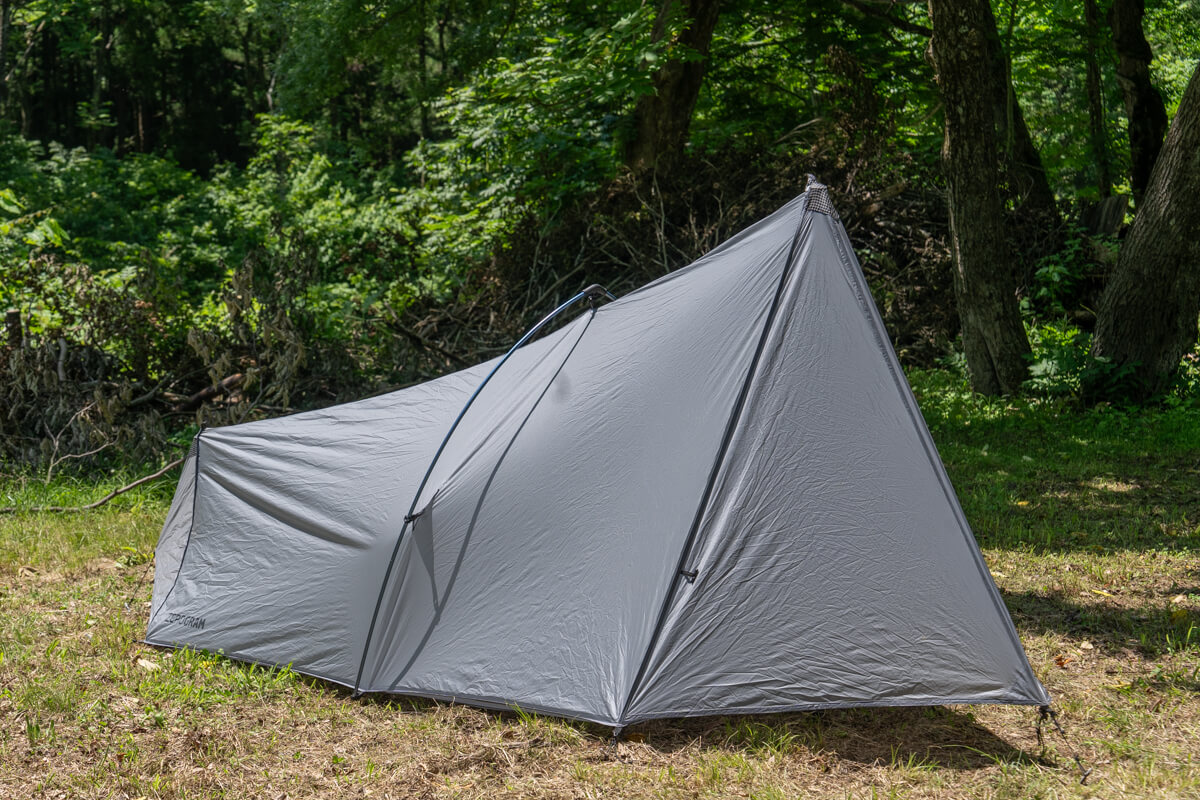
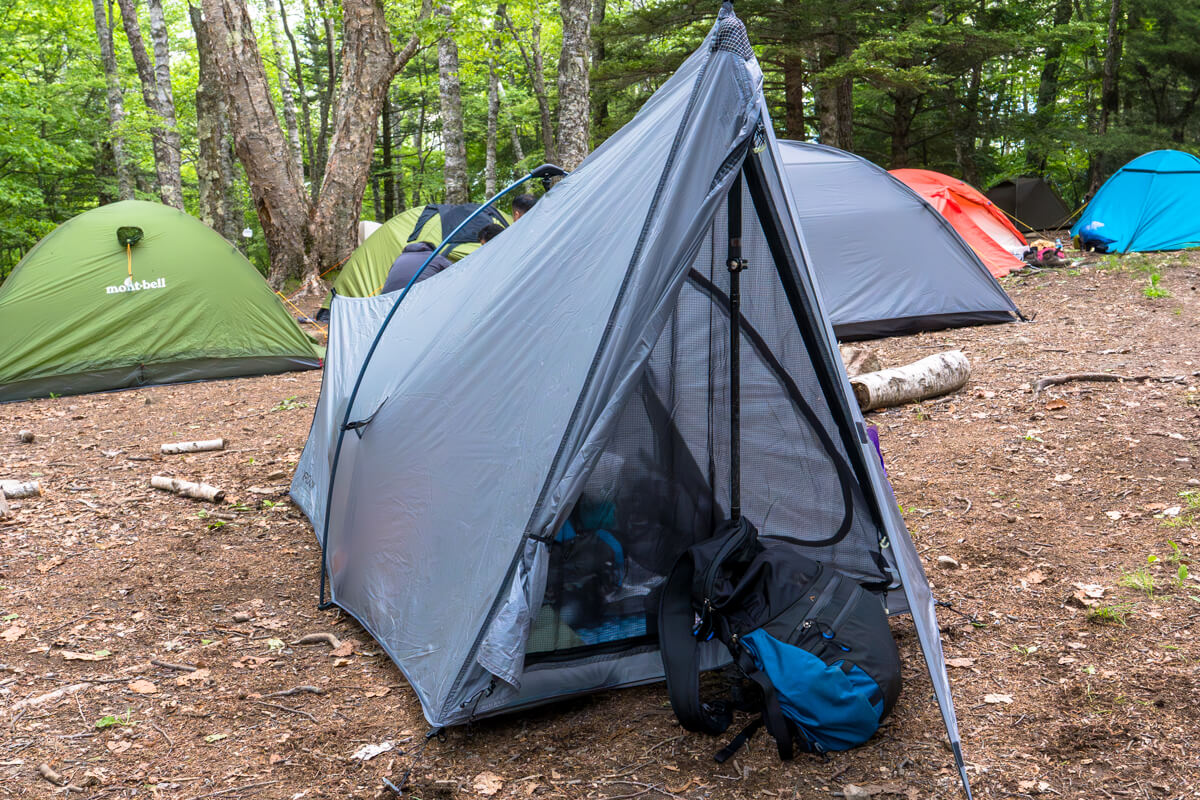
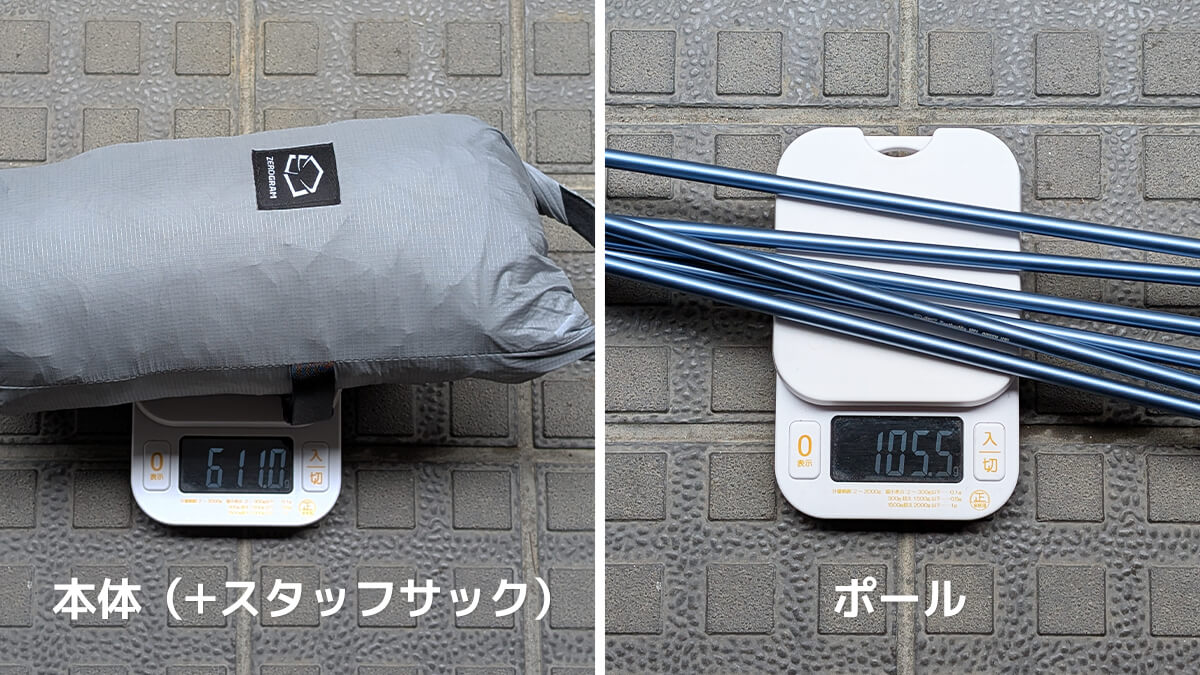
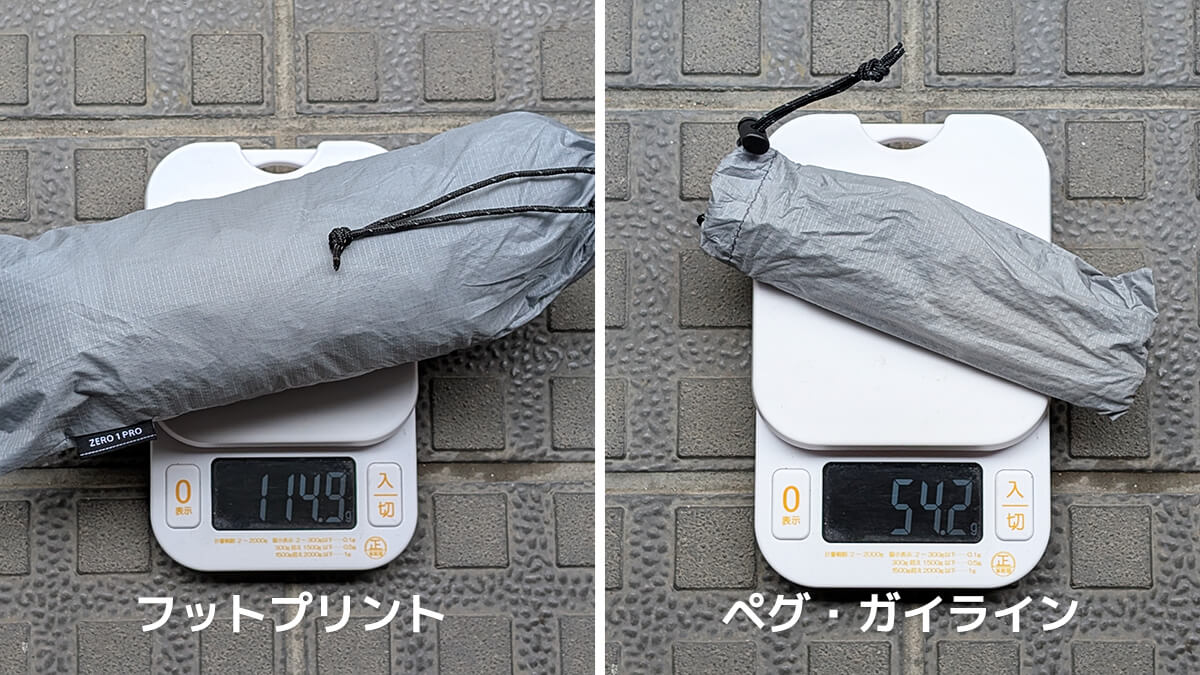
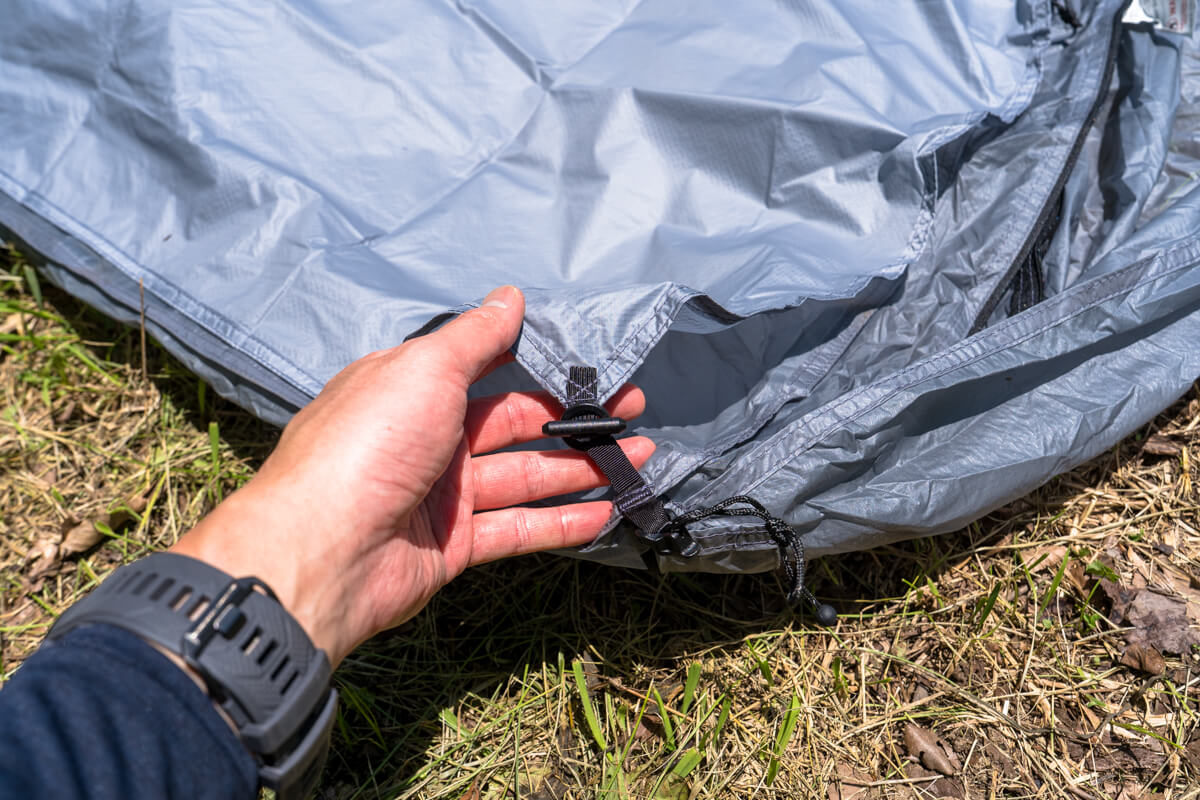
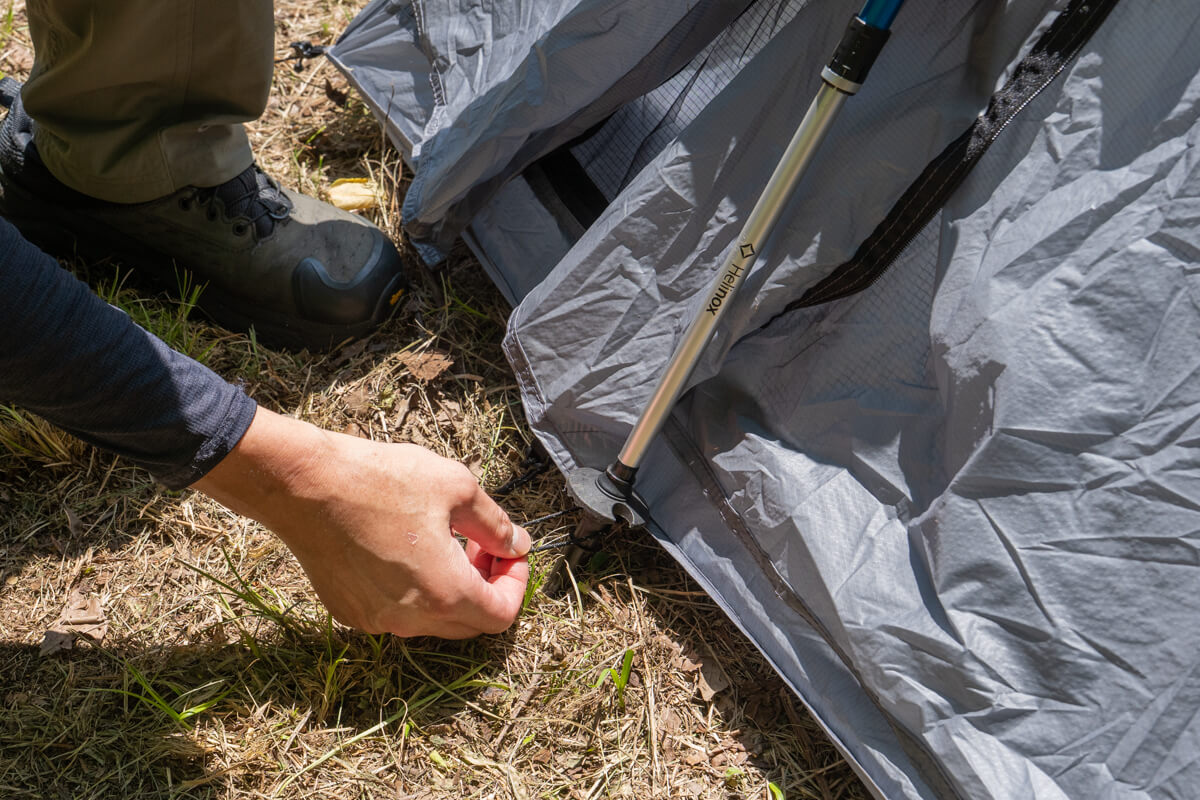
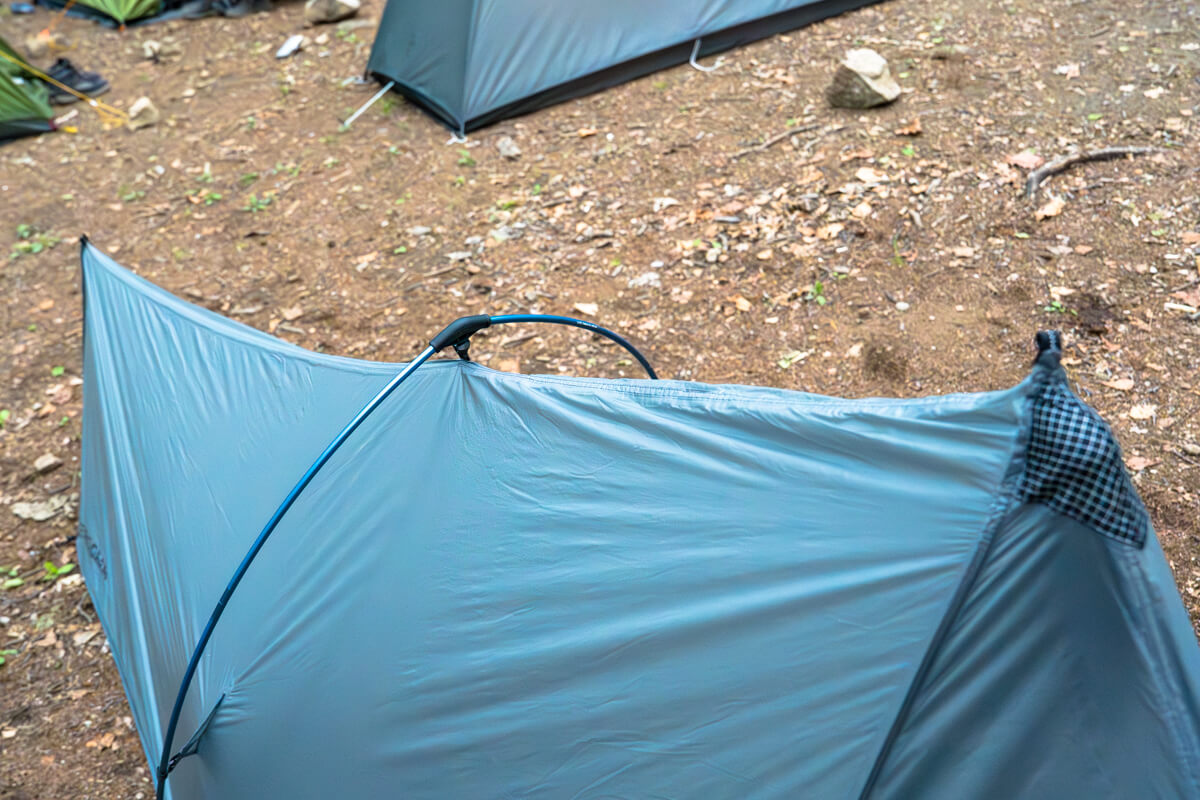
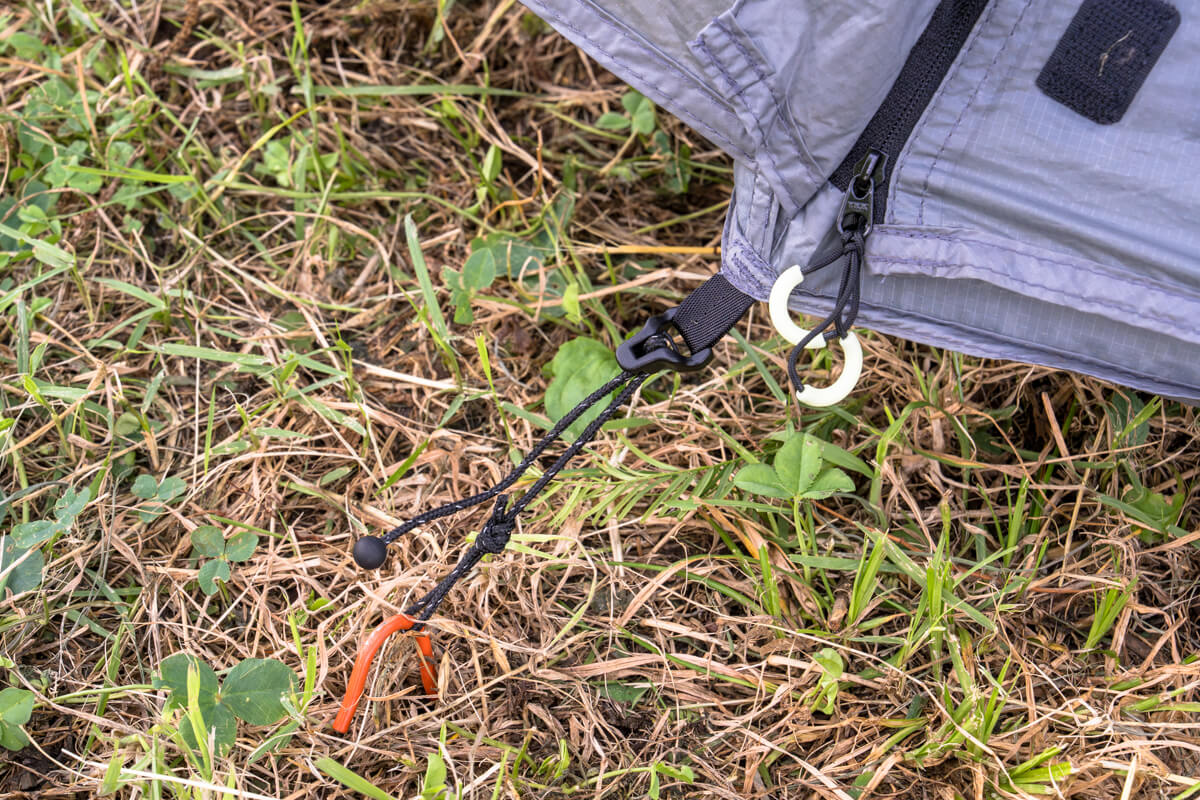
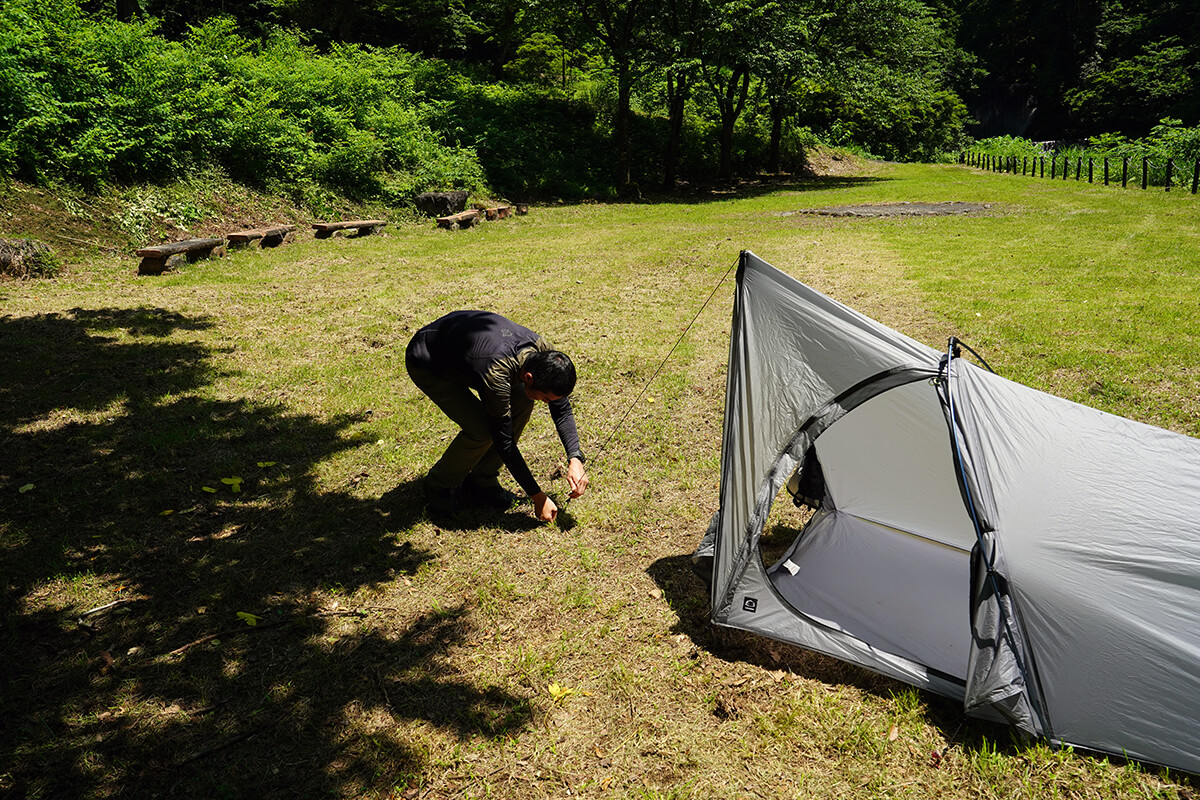
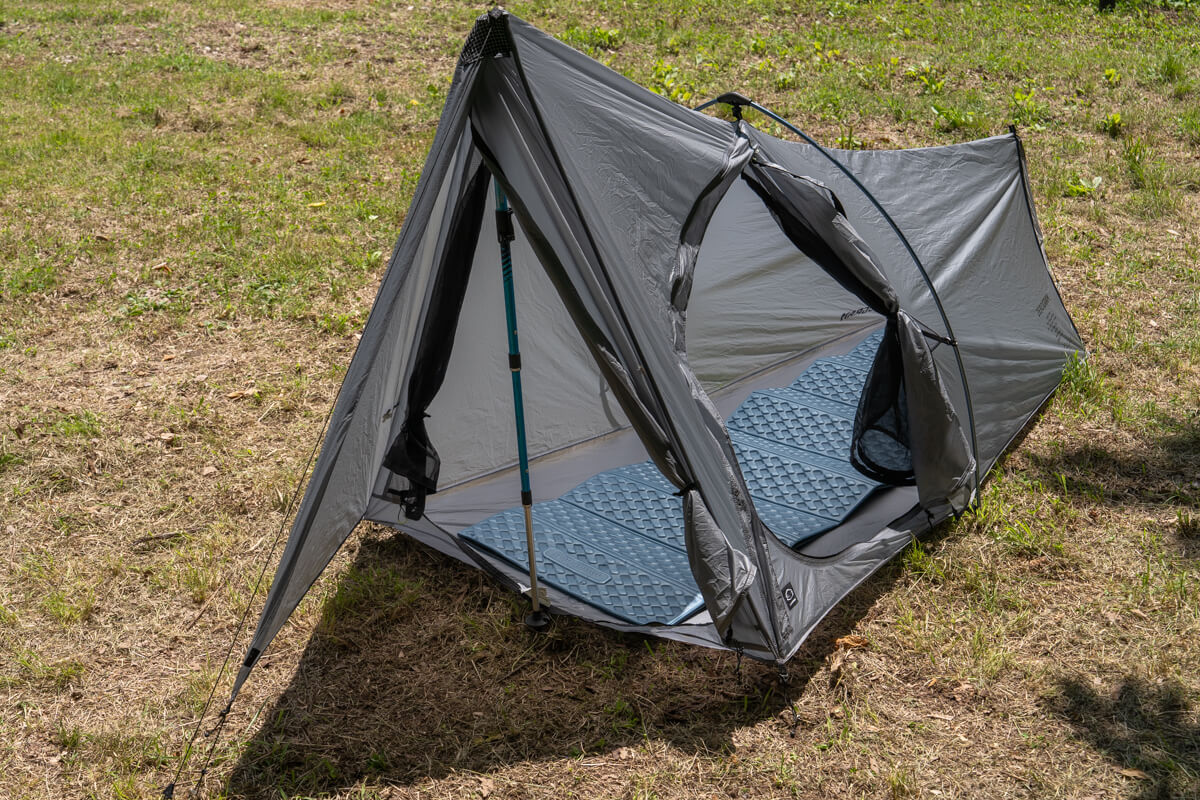
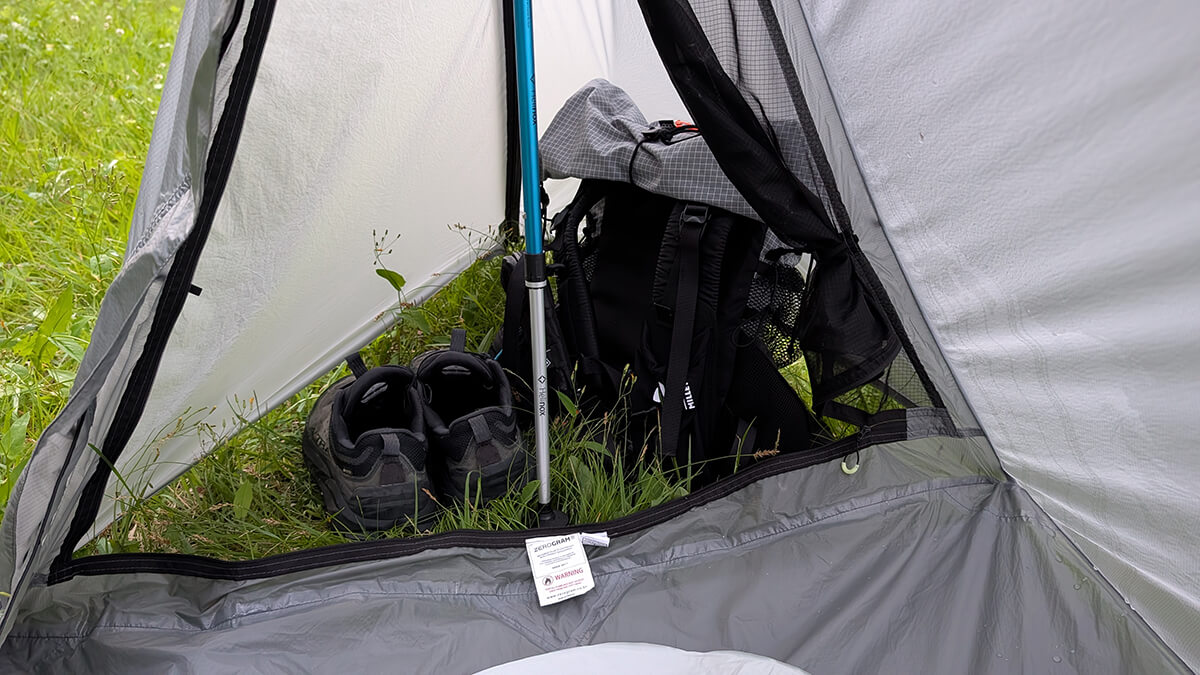
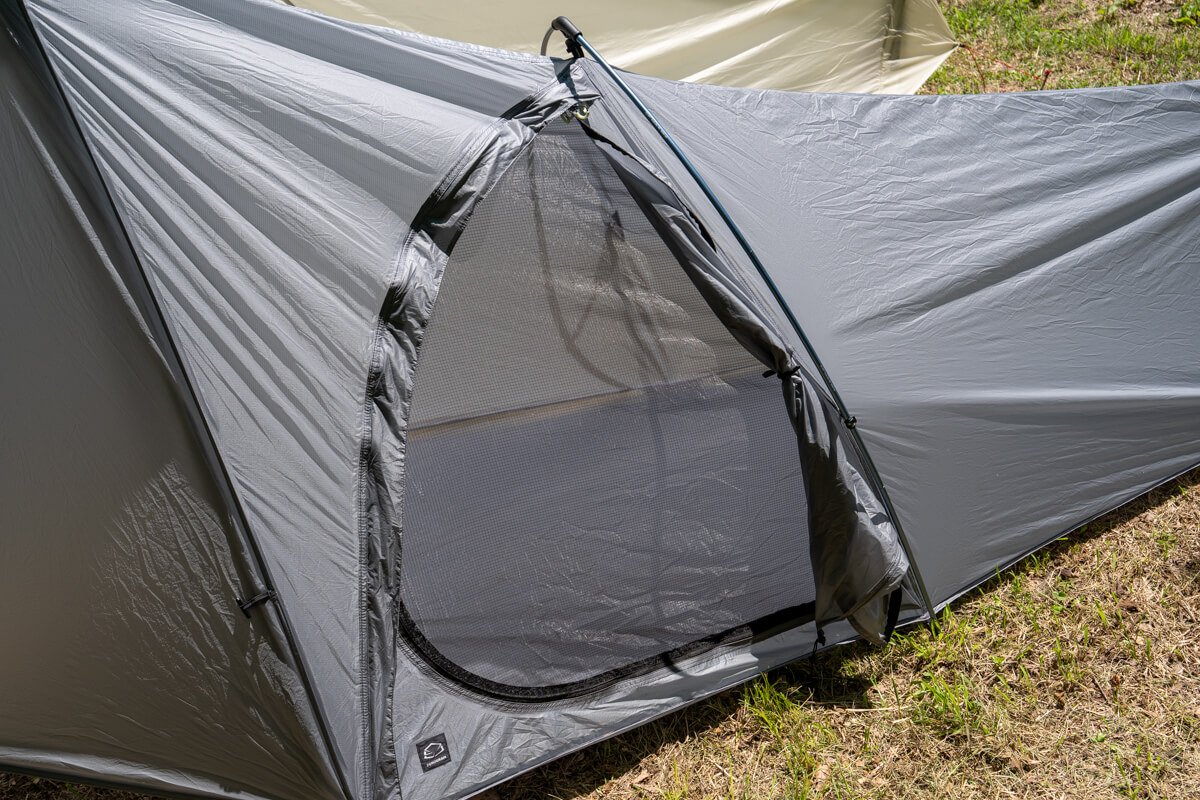
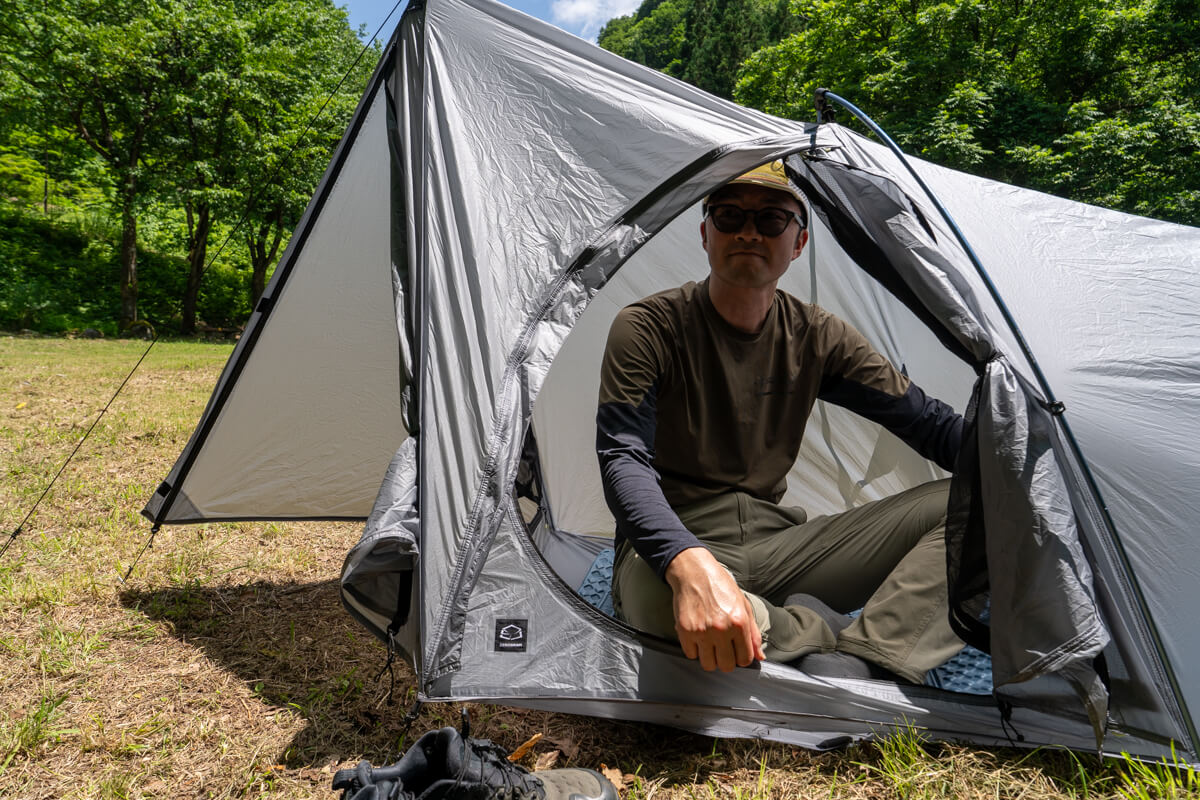
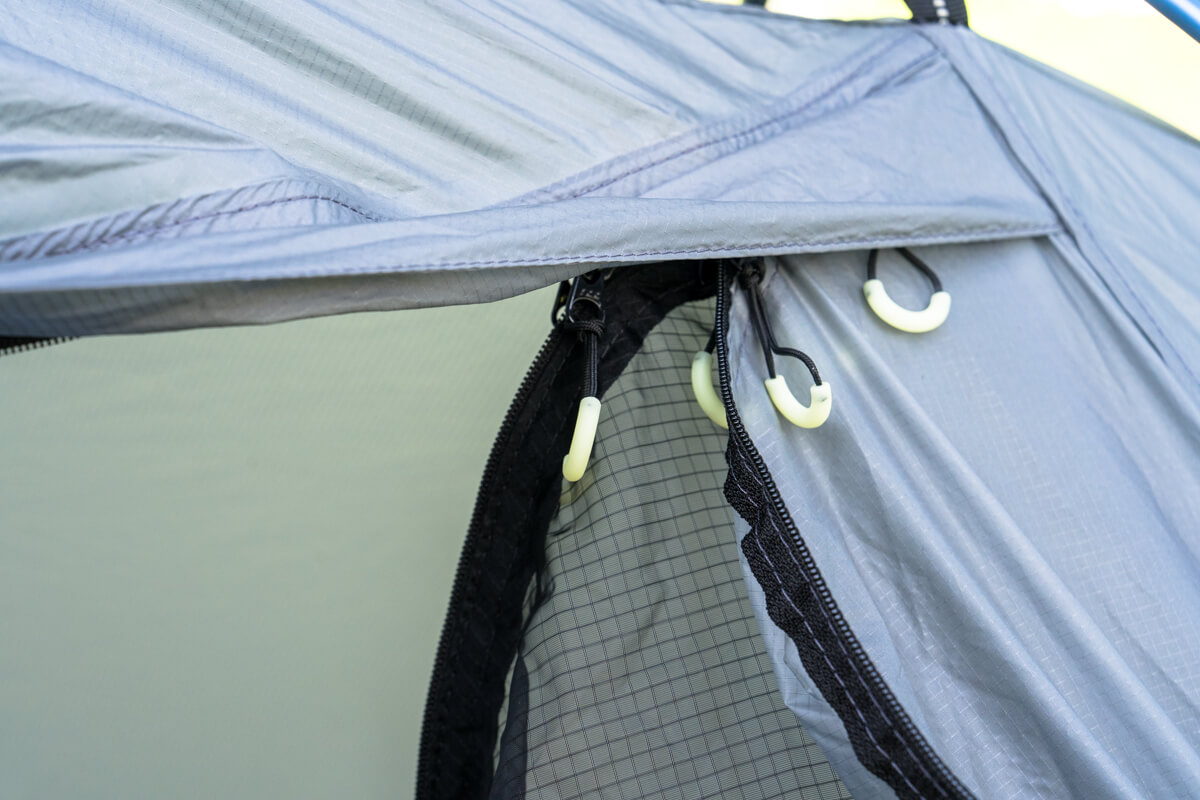
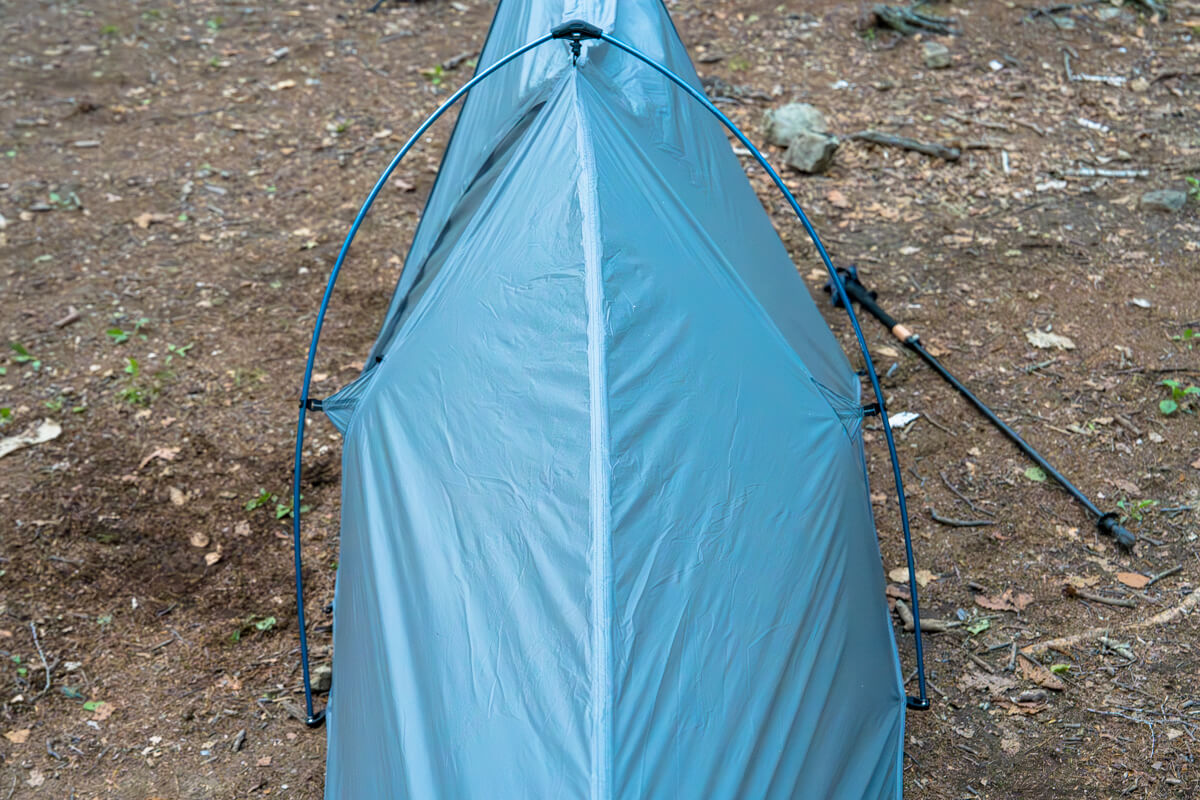
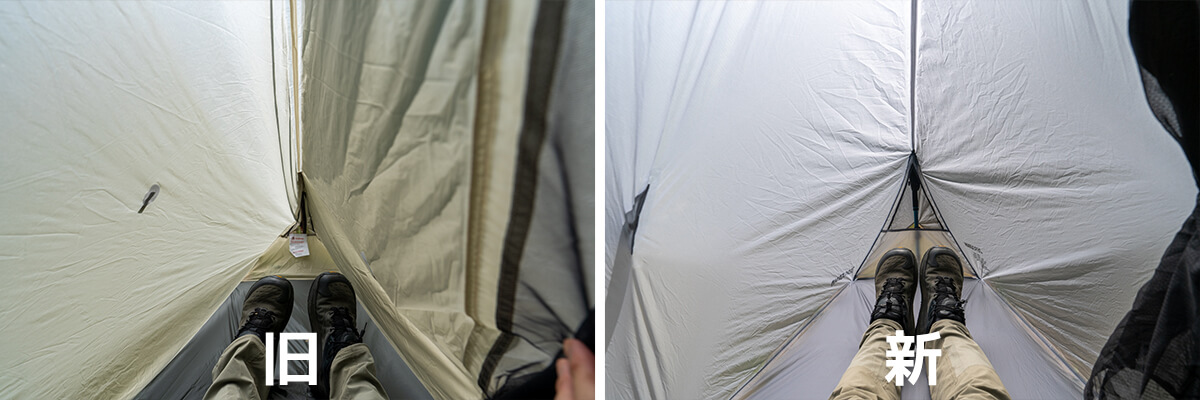
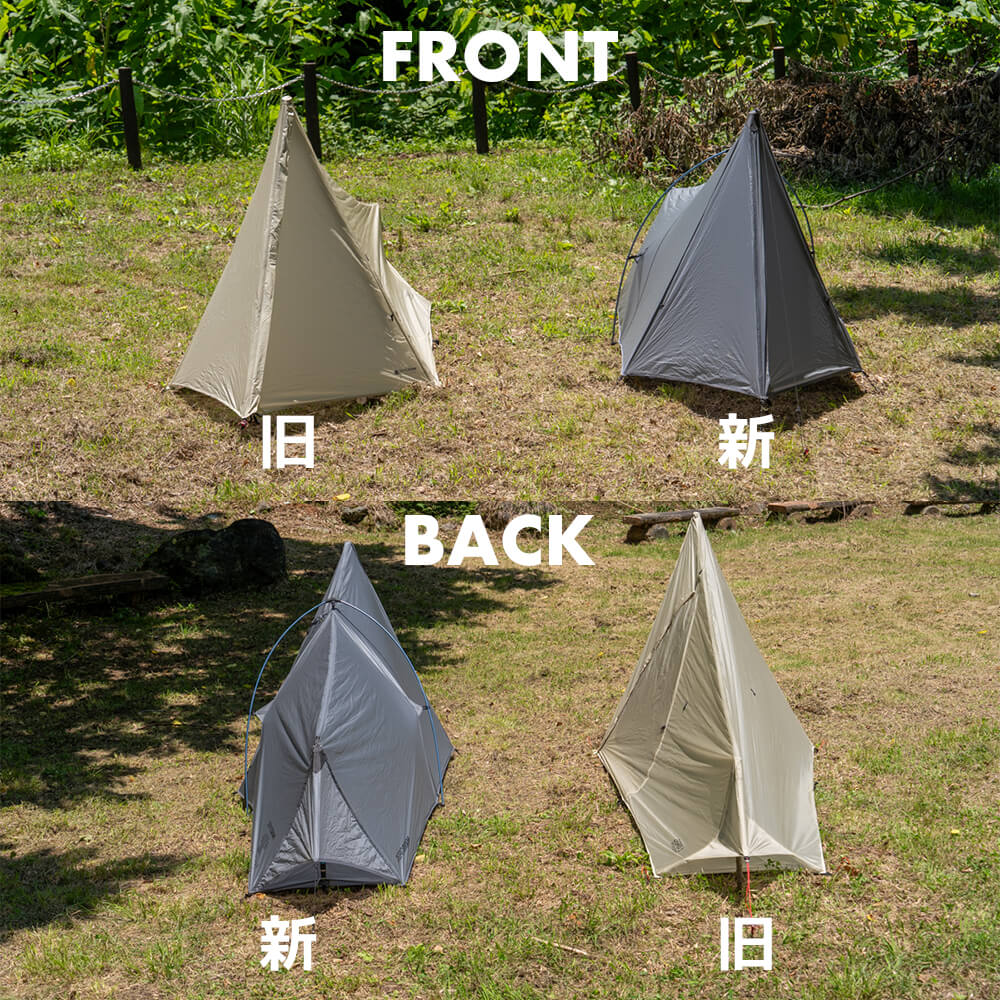
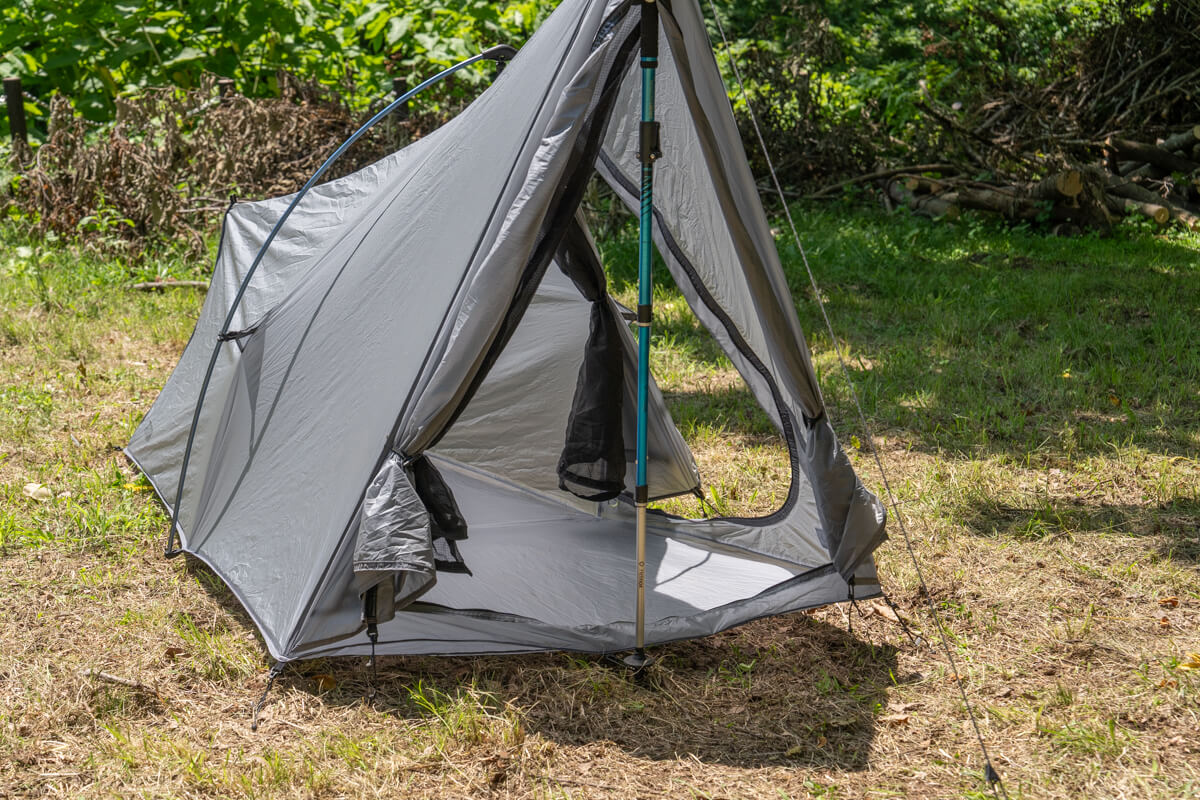
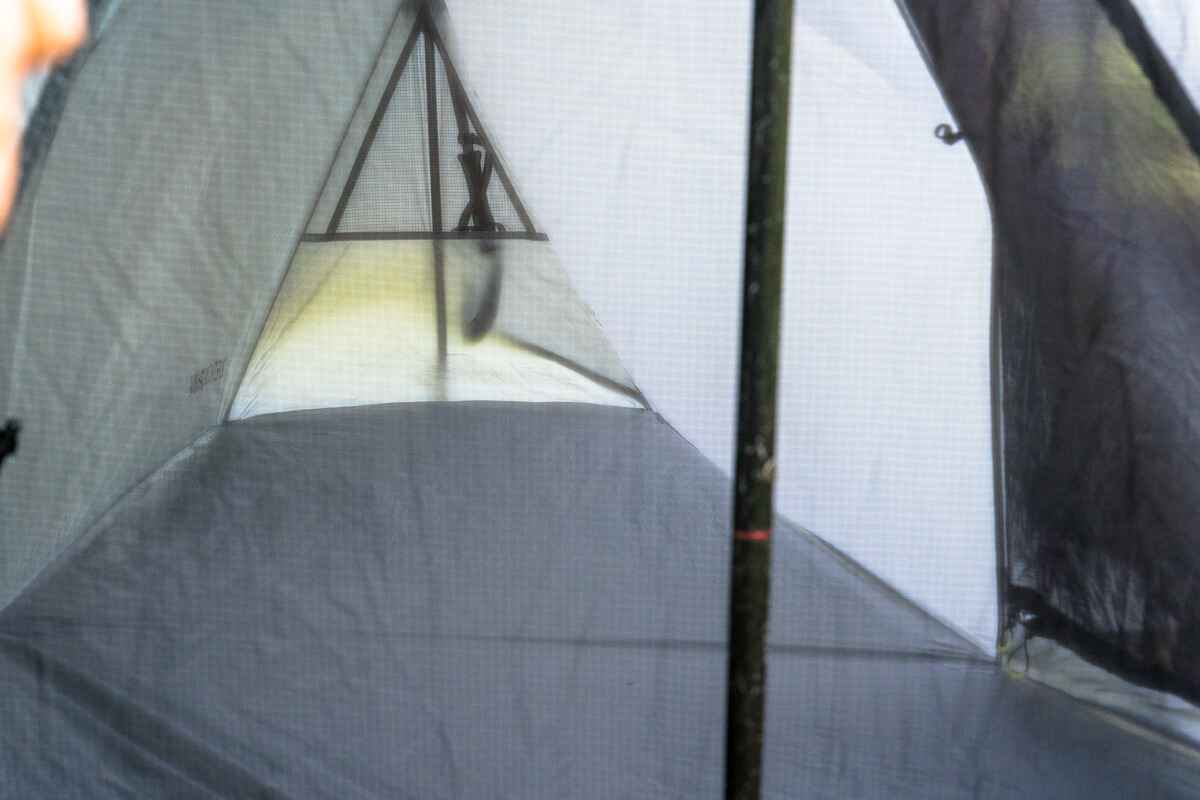
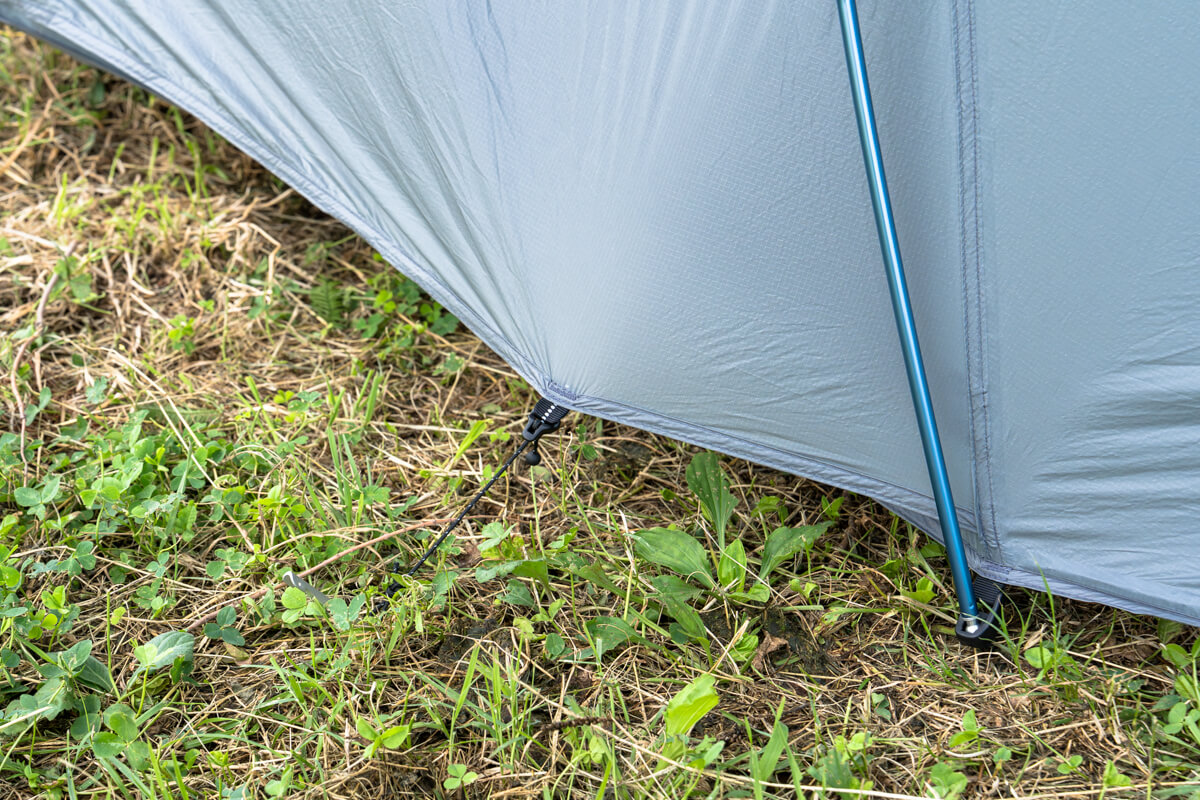
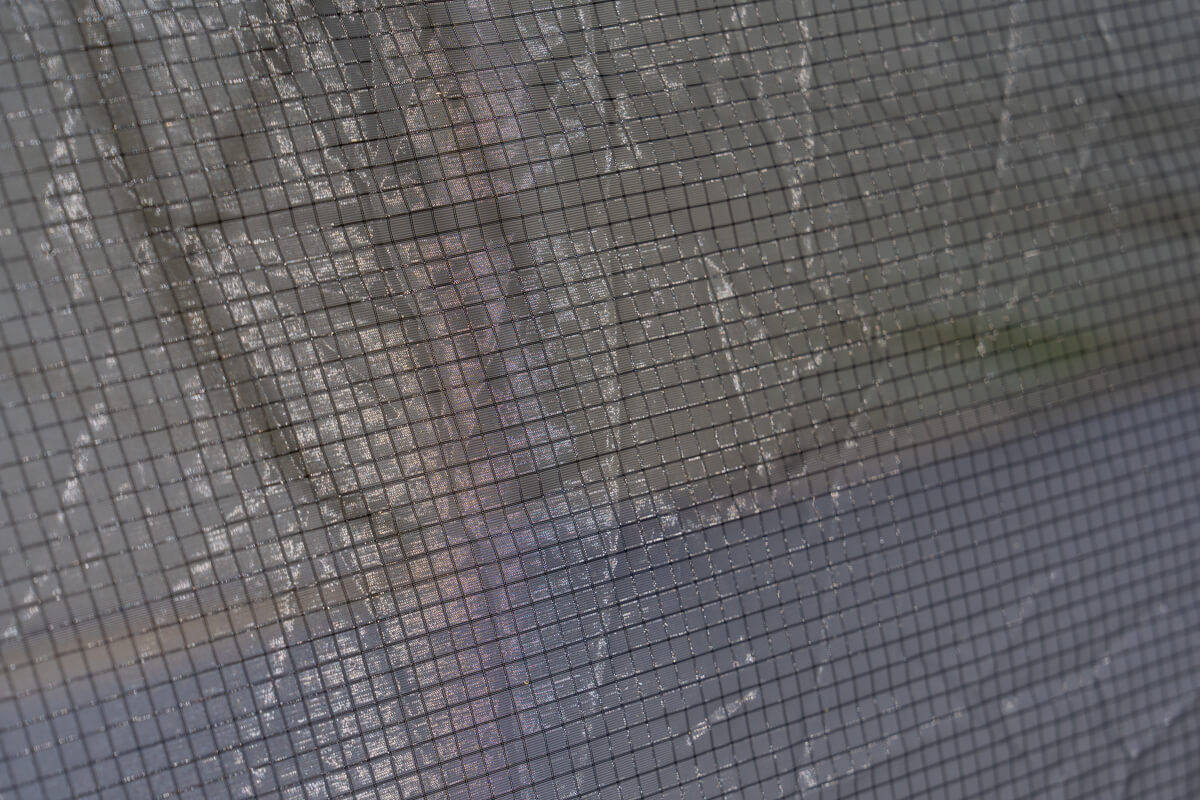
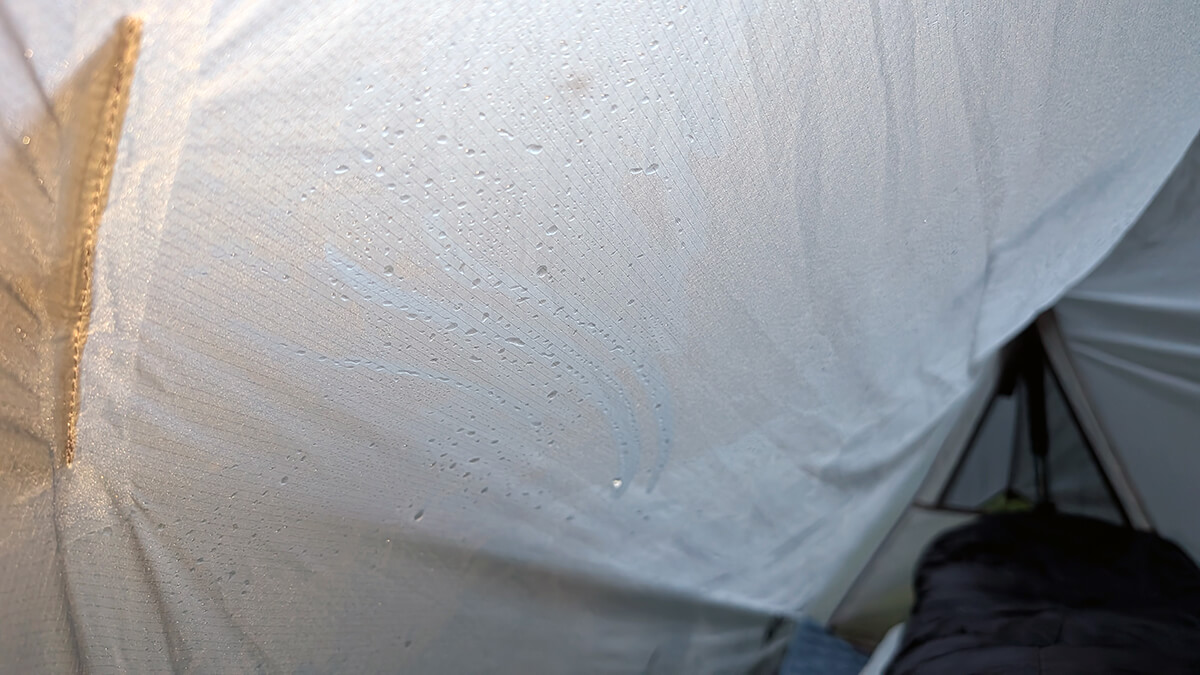
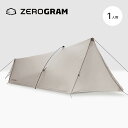
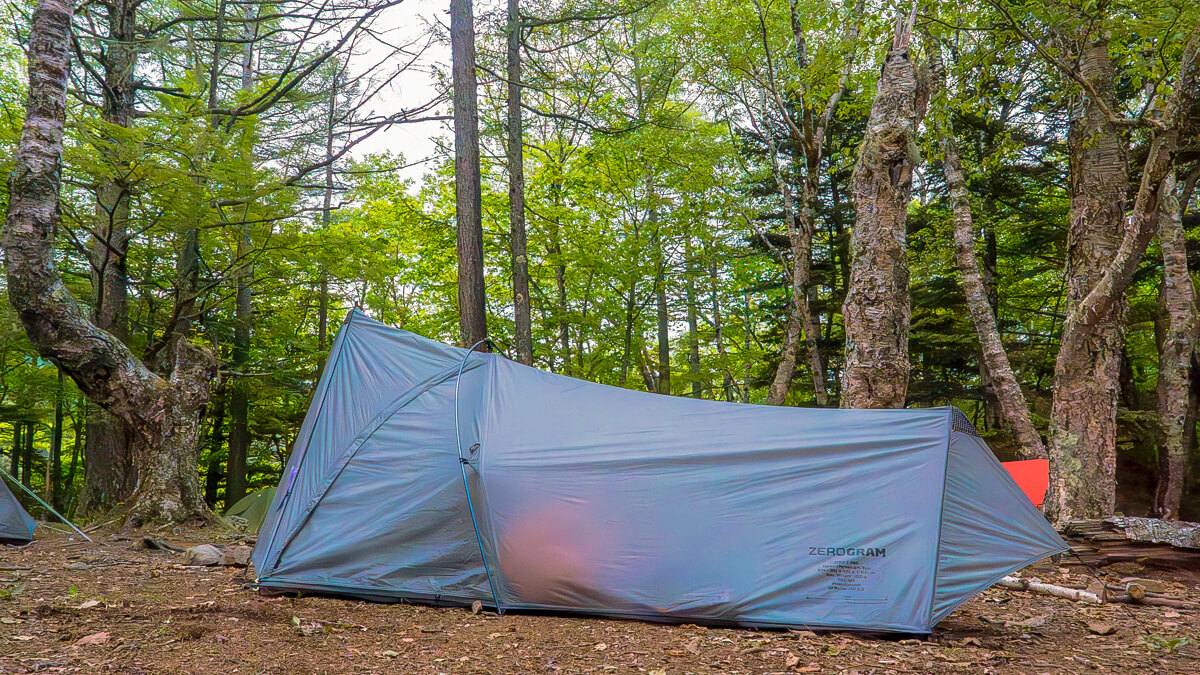
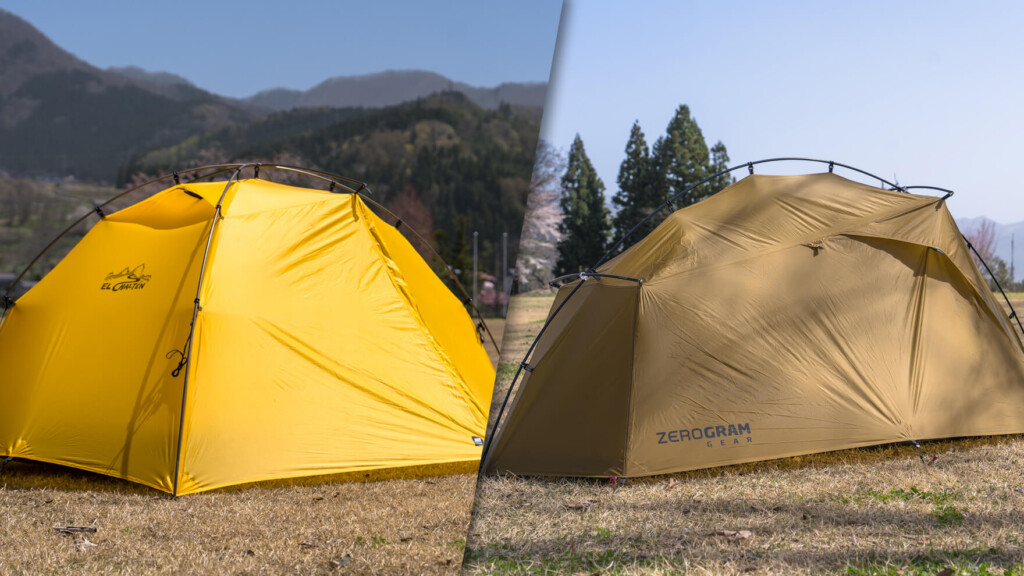 ZEROGRAM Thru Hiker 1p ZEROBONE / EL CHALTEN ZEROBONE 1.5P Review Two double wall tents that hold modern comfort and subtle personality.
ZEROGRAM Thru Hiker 1p ZEROBONE / EL CHALTEN ZEROBONE 1.5P Review Two double wall tents that hold modern comfort and subtle personality. Performance, quality and price are all reasonable. A high-value-performance tent only known for those who know Mobi Garden LIGHT WINGS DAC UL1 Review
Performance, quality and price are all reasonable. A high-value-performance tent only known for those who know Mobi Garden LIGHT WINGS DAC UL1 Review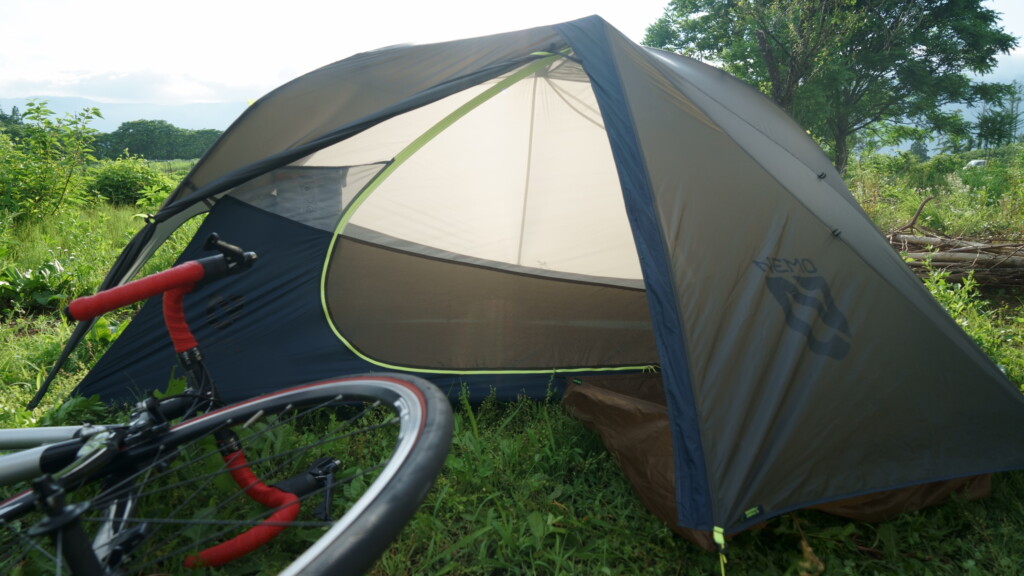 [A self-paying review without any consideration] NEMO Dragonfly Bike Pack 1P It's a waste to just leave it for touring purposes! A self-supporting tent that is comfortable and convenient for mountain climbing
[A self-paying review without any consideration] NEMO Dragonfly Bike Pack 1P It's a waste to just leave it for touring purposes! A self-supporting tent that is comfortable and convenient for mountain climbing It's surprisingly light, yet strong and comfortable, and the price is great. The arata AX series, full of innovative ideas, shows you a new view of a freestanding mountain tent [Practical Review]
It's surprisingly light, yet strong and comfortable, and the price is great. The arata AX series, full of innovative ideas, shows you a new view of a freestanding mountain tent [Practical Review]